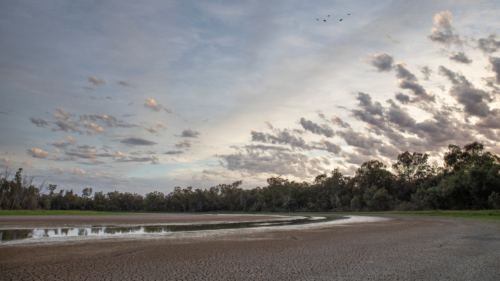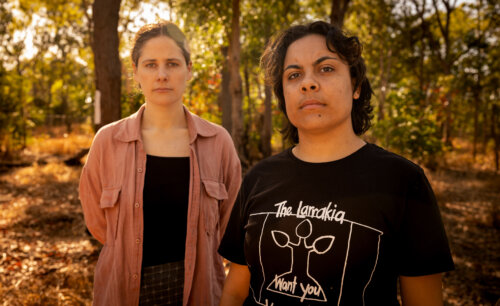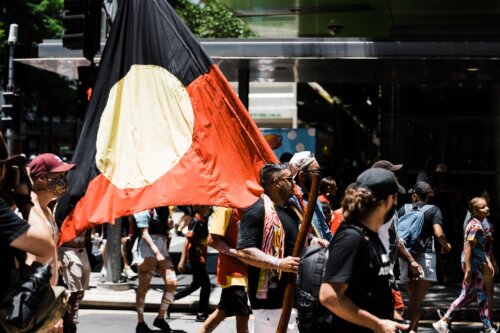Traditional Custodians call for the protection of dingoes
Dingoes are an important part of Dreaming stories and are totems for Traditional Custodians of the Wotjobaluk Nations, in the Wimmera-Mallee region of Victoria, and for many other First Nations across Australia.
They’re also endangered native wildlife, listed as vulnerable to extinction under Victorian biodiversity laws.
But right now, people are allowed to shoot, poison or trap dingoes in the wild across large areas of Victoria and in adjacent reserves in South Australia.
That's why Traditional Owners of the Wimmera-Mallee and EJA lawyers are calling for full protection of Victorian dingoes.
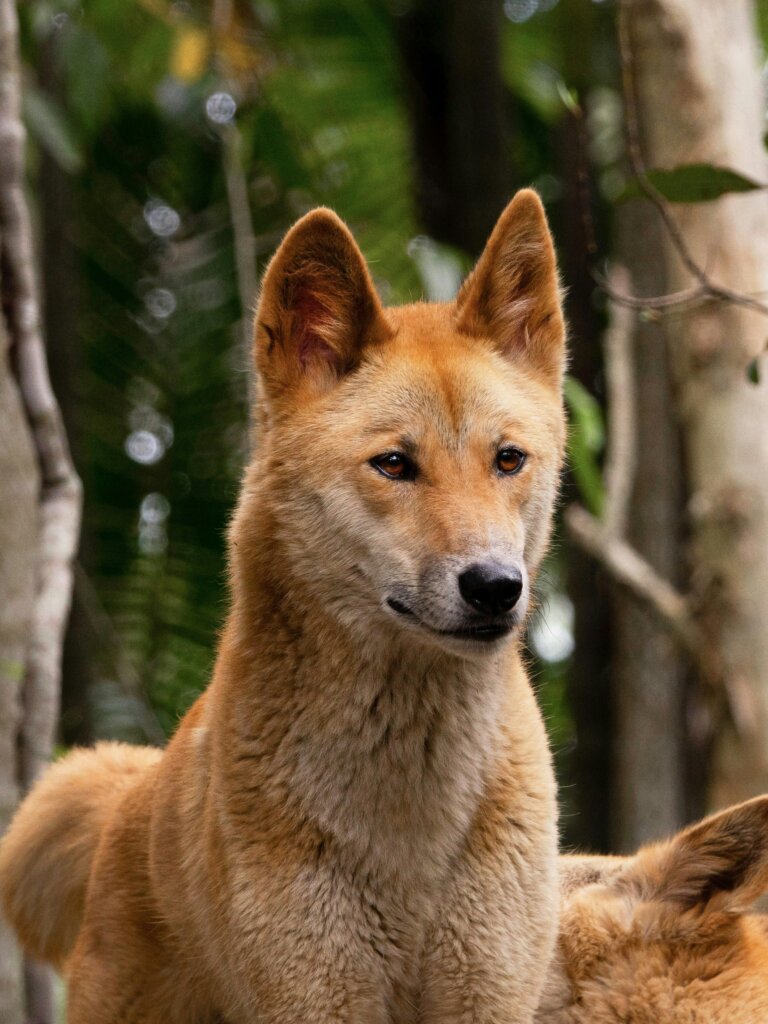
Why is this an issue?
Dingoes are an important part of Dreaming stories and are totems for Traditional Custodians of the Wotjobaluk Nations, in the Wimmera-Mallee region of Victoria, and for many other First Nations across Australia.
They’re also endangered native wildlife, listed as vulnerable to extinction under Victorian biodiversity laws. As apex predators, they are a vitally important part of healthy ecosystems. Across most of Victoria dingoes are already extinct.
Killing these beautiful native animals is possible because a law – the Dingo Unprotection Order – declares dingoes are ‘unprotected wildlife’ in certain areas of Victoria. The most recent Unprotection Order was on 26 September 2023 and is in force until the end of September 2024.
This status extends to the Big Desert Cultural Landscape in the Wimmera-Mallee where dingoes are considered kin and family to Traditional Owners.
Despite being a threatened native species in Victoria, the Unprotection Order has the effect of permitting dingoes to be killed or taken across all private lands in Victoria and across certain public lands in the Wimmera-Mallee and in Gippsland.
For decades, management of dingo populations was based on a misleading assumption that pure-bred dingoes were extinct in the state and lethal methods were applied to ‘wild dogs’ or ‘dingo-dog hybrids’. However, recent DNA analysis by the University of NSW and scientists at other institutions has found almost all dingo individuals and populations from Victoria are pure dingoes.
Traditional Custodians and EJA lawyers are calling for full protection of Victorian dingoes, which are being deliberately killed under the mistaken belief that they are feral domestic dogs or feral hybrids that have interbred with domestic dogs.
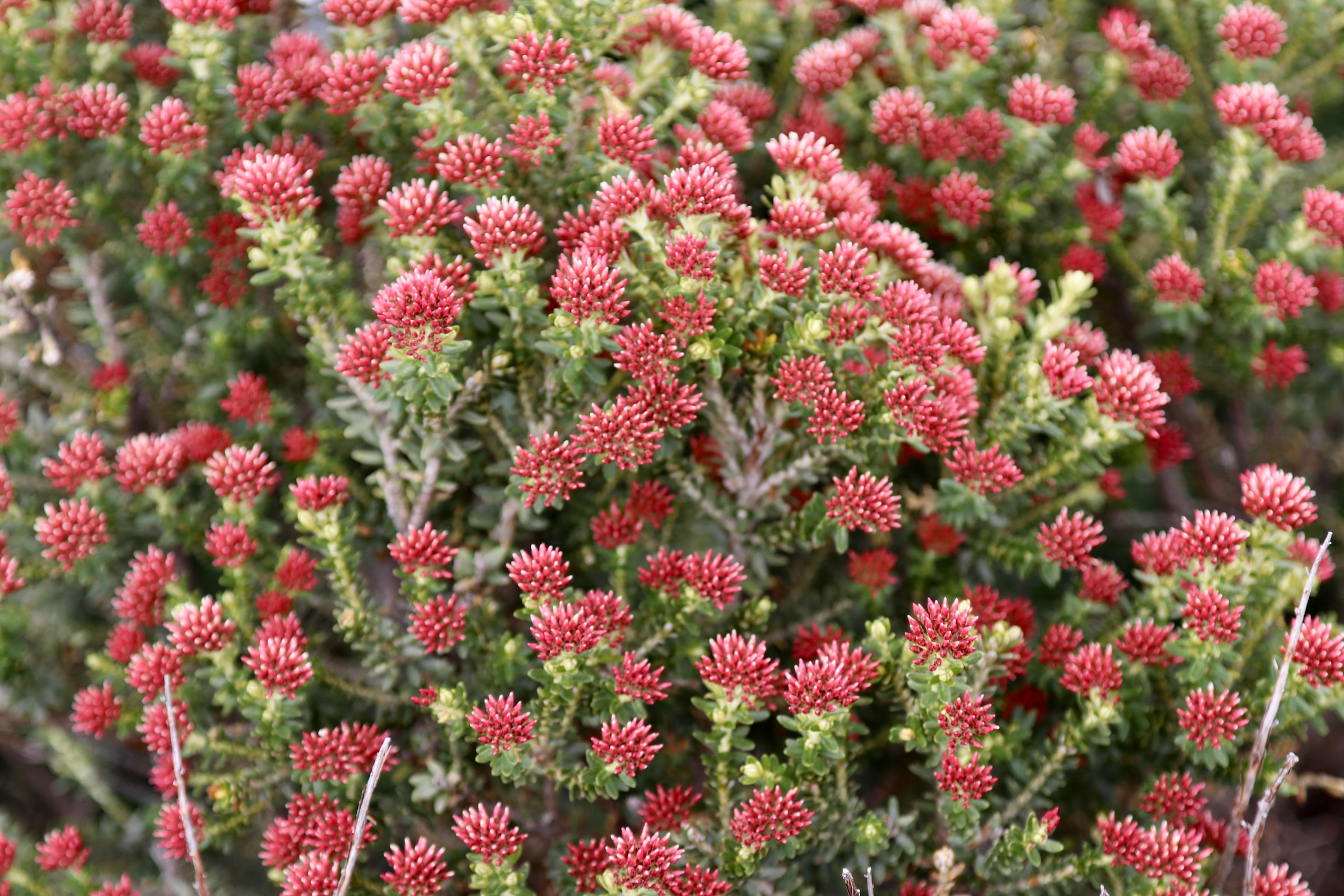
Who is the client?
EJA lawyers are representing Traditional Owners from across the Wimmera, Mallee and Gariwerd regions of north western Victoria (the Wotjobaluk Nations).
What are we doing?
Environmental Justice Australia lawyers are acting on behalf of Traditional Owners from across the Wimmera, Mallee and Gariwerd regions of north western Victoria (the Wotjobaluk Nations).
Our clients have called on the Victorian government to repeal the Unprotection Order on the basis that there are no ‘wild dogs’ in Victoria.
Dingoes should be fully protected by law, in which case killing of dingoes is a wildlife offence.
The Wotjobaluk Nations also argue that the effect of the Unprotection Order is to deny Traditional Custodians cultural rights, including rights to enjoy their identity and culture, maintain kinship ties, and laws and customs.
On behalf of our clients, EJA lawyers are calling for the Victorian Government to provide dingoes with the full protection of the law, and work with Traditional Owners, conservationists and scientists to enable recovery of Victorian dingo populations.

“Dingoes should be fully protected by law and shooting them should be a wildlife offence in all parts of Victoria.
— Senior Lawyer Semisi Tapueluelu
Our clients are calling for the full protection of Victorian dingoes, which are being deliberately killed.
It's wrong for the government to change the rules so that threatened animals can be poisoned, shot or trapped in conservation areas across Victoria and South Australia.”
More of our work supporting First Nations justice

Join us
The law is a powerful tool to disrupt the status quo and make governments and corporations accountable.
Join us and let's build a radically better world.
Make a difference
The challenges we face are vast. The time to push for large-scale system change is now.


